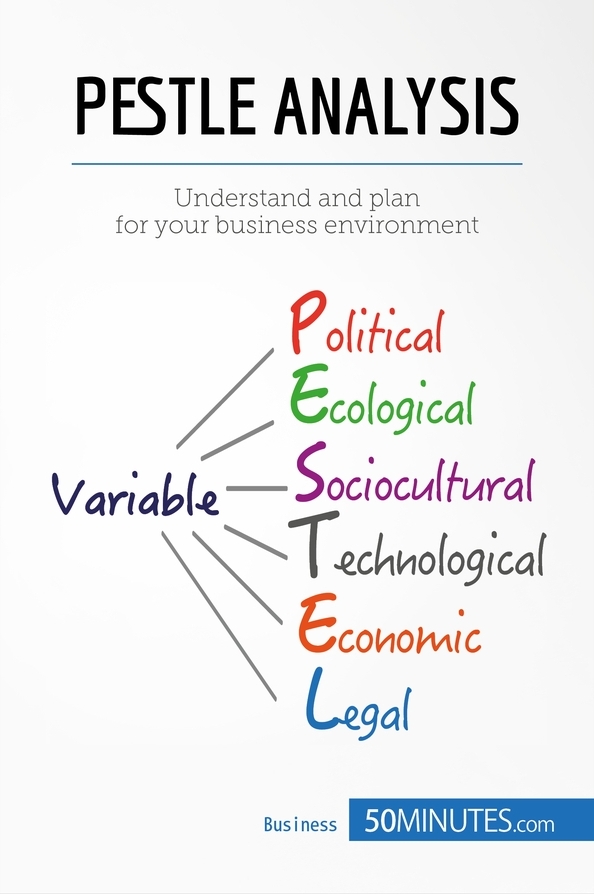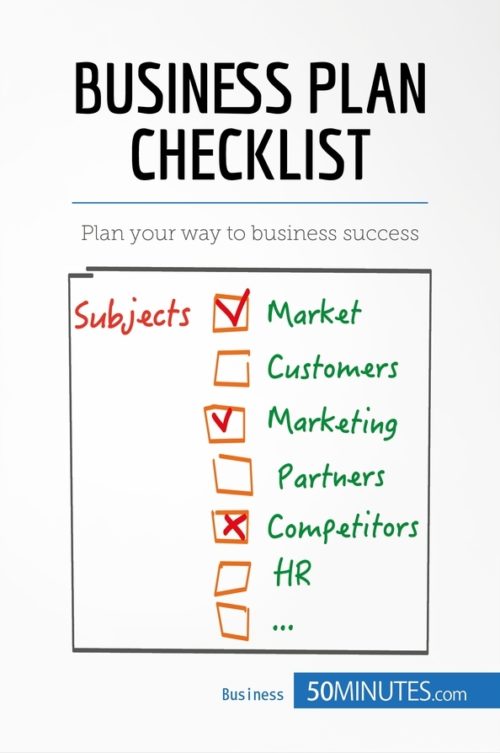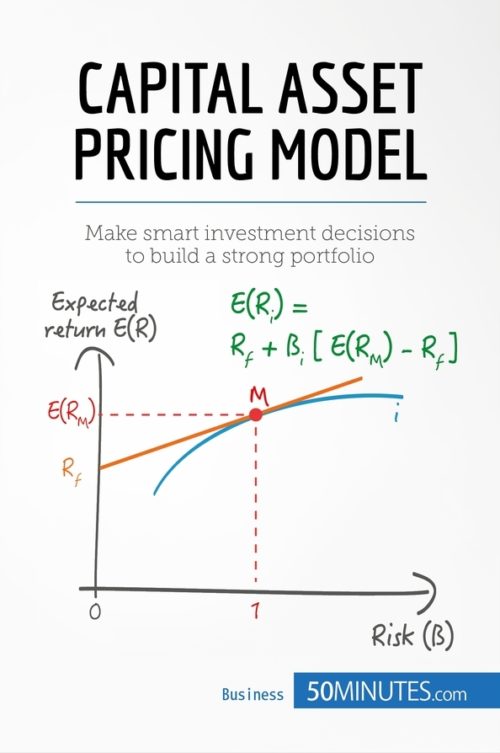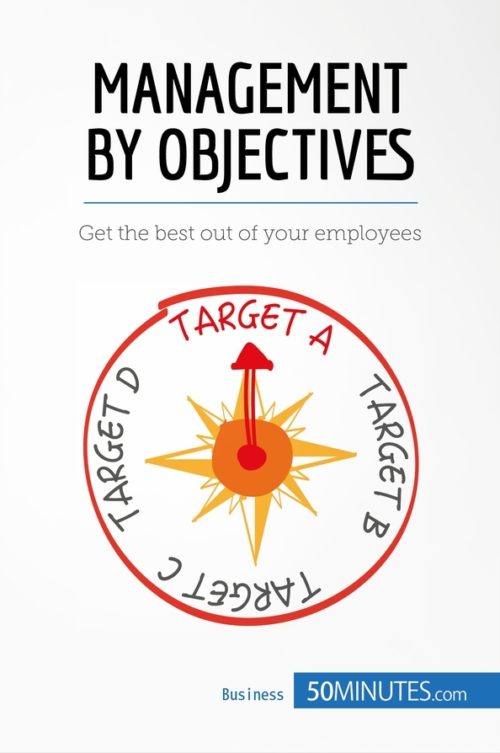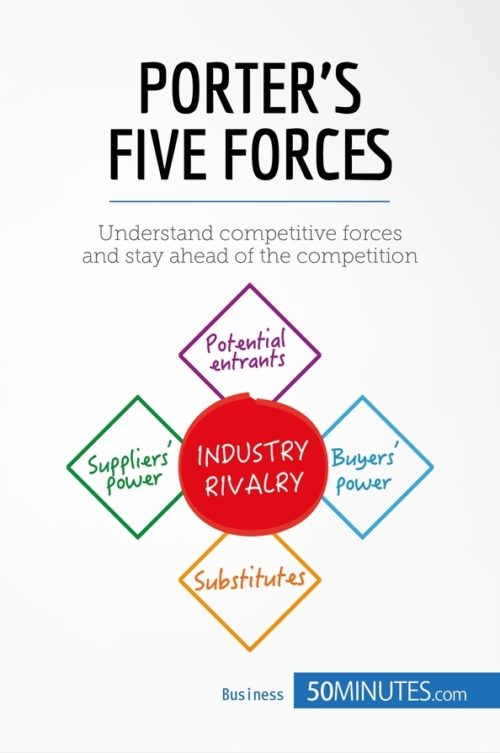PESTLE Analysis
PESTLE Analysis
$4.99
Read more
Understand the essentials of the PESTLE analysis (also known as PESTEL analysis or PESTLE framework) in just 50 minutes with this practical and concise book. The PESTLE analysis is based on the observation that the development of a business depends on a host of key macroeconomic factors, which may represent opportunities or threats for the company. Identifying pivot variables using the PESTLE analysis allows companies to leverage their competitive advantage and develop the most effective competitive strategy possible.
This book will provide you with a handy introduction to the applications of the PESTLE analysis in the launch of a new business, project or product, the reorganization of a company and the development of a marketing strategy. It also features real-life case studies, a discussion of the tool’s shortcomings, including its relative lack of objectivity, and an introduction to related models, such as the SWOT analysis and Porter’s five forces.
About the PESTLE analysis
The PESTLE analysis aims to analyze the macroeconomic variables relevant to an organization in a particular context. Specifically, it allows managers to identify political, economic, socio-cultural, technological, legal and environmental variables and predict what might happen in future based on these factors. This makes it a valuable tool for drawing up a business plan, developing production or marketing strategies and planning the launch of new products.
In this book, you will discover how the PESTLE analysis can help you, learn how to classify the macroeconomic variables affecting your business, and use your findings to plan effectively for the future. A clear explanation of the benefits and potential drawbacks of the method, a discussion of a practical case study, and an introduction to related models will give you the tools you need to tailor your approach to your situation.
This straightforward and accessible 40-page book is structured as follows:
- Introduction to the PESTLE analysis
- Theory
- Context and concept
- Advantages
- Practical application of the PESTLE analysis
- Advice and tops tips
- Case study
- Limitations and extensions of the PESTLE analysis
- Limitations and criticisms
- Related models and extensions
- Converging the models
- Summary
Product details
| ISBN | 9782806268372 |
|---|---|
| Publisher | Plurilingua Publishing |
| Serie | 50MINUTES.COM – Business |
| Format | |
| Pages | 34 |
| File size | 3.7 MB |
